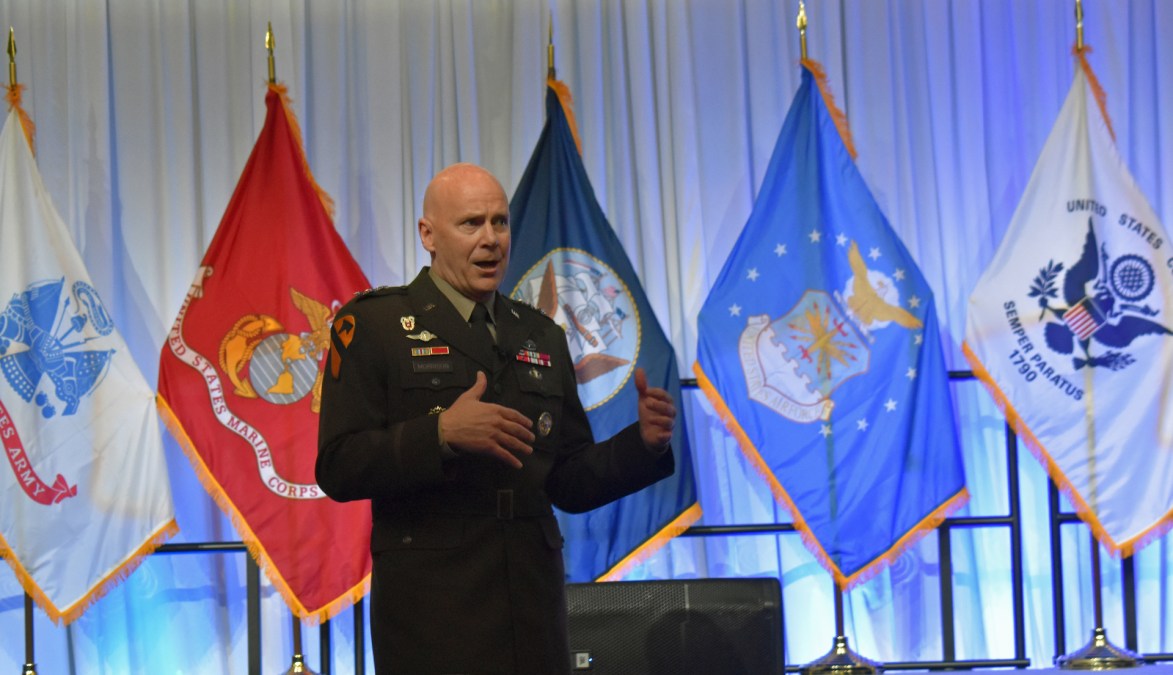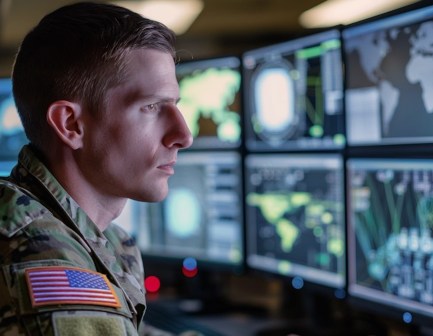Army beginning steps to merge tactical and enterprise networks for seamless ‘unified’ approach

As the Army is moving towards what it deems a unified network, the transition toward a central delivery of services and network defense will be a critical aspect to realizing the service’s vision.
Two years ago, the Army charted down the path of a unified network, where the walls between the tactical and enterprise portions are broken down, forming a singular entity. Previously, there was a tactical instantiation for soldiers on the battlefield to communicate and share data and a separate enterprise portion.
Under the existing structure, forces had difficulty deploying from one part of the world to the other and immediately plugging into the network given the network was set up in a theater-centric manner.
But now, the Army is beginning to put the pieces together.
“As you look at our actions that we’re taking in [2023] to accelerate, think about things like, again, staying on the theme of central delivery of service, common endpoint management across the entire Army, whether it’s at the tactical edge, or all the way back to the broader strategic and operational levels. What that is allowing us to do is from end to end, see the network in its totality for the very, very first time as we roll that out,” Lt. Gen. John Morrison, deputy chief of staff, G-6, told reporters at the Pentagon on Monday.
“Think about a formation that’s deploying from one theater to another and being able to rapidly plug in, get connected and fight upon arrival — things that we’ve talked about for many, many years, but now you’re starting to see it actually come to fruition, whether it’s in exercises and/or operations,” he added.
Army Cyber Command will be handling this operational aspect for the central delivery of services and network defense, which Morrison said will result in better use of resources and improved cybersecurity.
He noted that the Army was paying for multiple help desks across the Army over 14 organizational networks. Officials are now in the process of consolidating and collapsing those organizational networks over the next two years.
“We’re going to be able to move towards a single fully resourced help desk that will be not only much more fiscally efficient, it’s going to be more operationally effective, because it’ll be common services for all Army commands and we won’t have these one-offs,” he said. “By collapsing these networks, that’s where you really start seeing this harmonization of a single unified network based off of zero-trust principles.”
A months long review of the network spearheaded by the undersecretary and the vice chief of staff has resulted in the harmonization of requirements to simplify them across the service and portfolios.
With the move toward a zero-trust cybersecurity model, the Army will be able to seamlessly move users around the world regardless of where they’re operating for a common look and feel.
“It was not weeks or even pushing a month, like we’ve seen on previous deployments even as few as five or six years ago. [Recently] as we were pushing units over into Europe, they were getting on the ground and immediately plugging back in to this unified network [and] pulling services from the cloud, based back here in [the continental United States], to support their operations and their deployments over into Europe,” Morrison said, acknowledging the Army still has work to do to get where they want to be with seamless integration.
He noted that the Army will be accelerating efforts in the next couple of years for foundational efforts toward zero trust such as identity credential and access management (ICAM), directory services to log into a network and be authenticated, and Comply-to-Connect.
This operational aspect is just one way the Army is changing its oversight of everything digital, according to Morrison.
Another, and likely highest profile, is the consolidation of elements across two program executive offices. It was announced in March that PEO Command, Control, Communications-Tactical, which handles the tactical network, will absorb items from PEO Enterprise Information Systems to begin to have better resourcing over the entirety of the network.
Fiscal changes are another major element of the shakeup. The service’s portfolio reviews provided an opportunity for the Army to examine its network programs and get a better handle on them from a resource perspective.
“For the first time, we’re really looking at digital spend, whether it’s enterprise, strategic, operational or tactical amongst the various commands. We’re looking at it holistically and then we’re aligning it to make sure that we get the outcomes that we want in the most efficient and effective manner that we possibly can,” Morrison said.
“On the acquisition side, a lot of change. Operationally, a lot of change. Then from the Department of the Army perspective on fiscal oversight and prioritization, a lot of change,” he added. “You really have to take all three legs of the stool to see the amount of change that’s undertaking inside the Army at a pretty quick spin.”






